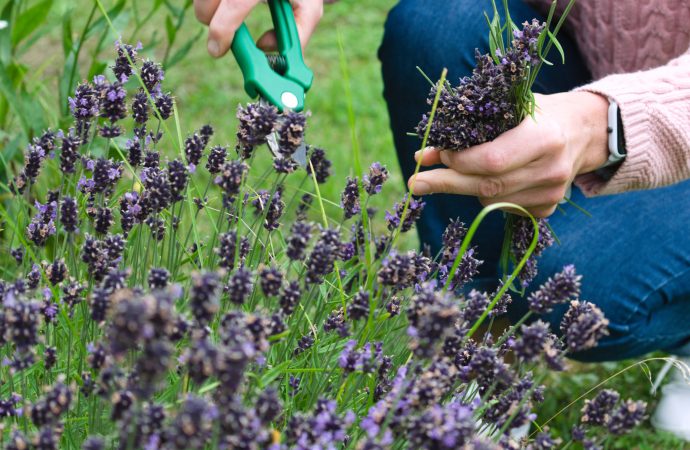Pollinators play a crucial role in our ecosystem, and planting native species is one of the best ways to support them. Native plants have evolved alongside local pollinators, providing them with the food and habitat they need to thrive. In this article, we’ll explore the benefits of planting native species for pollinators and provide a
Pollinators play a crucial role in our ecosystem, and planting native species is one of the best ways to support them. Native plants have evolved alongside local pollinators, providing them with the food and habitat they need to thrive. In this article, we’ll explore the benefits of planting native species for pollinators and provide a guide to choosing the right plants for your garden.
Why Plant Native Species?
Native plants are adapted to the local climate and soil conditions, making them more resilient and better able to support local pollinators. They also provide a source of nectar and pollen that is specifically tailored to the needs of local pollinators. Non-native plants, on the other hand, may not provide the same level of support and can even be harmful to local pollinators by introducing new diseases or pests.
In addition to supporting pollinators, planting native species can also benefit the environment as a whole. Native plants require less water and fertilizer than non-native plants, reducing the amount of pollution and runoff that enters our waterways. They also provide habitat for other wildlife, such as birds and butterflies.
Choosing the Right Plants
When choosing plants for your garden, it’s important to consider the needs of local pollinators. Different pollinators have different preferences when it comes to nectar and pollen sources, so it’s important to choose a variety of plants that can support a range of pollinators.
Here are some tips for choosing the right plants:
1. Research local pollinators: Before choosing plants, research the local pollinators in your area. This will help you choose plants that are specifically tailored to their needs.
2. Choose a variety of plants: Different pollinators prefer different types of flowers, so it’s important to choose a variety of plants that can support a range of pollinators.
3. Plant in clusters: Planting in clusters can make it easier for pollinators to find the plants they need. It also makes it easier for them to move from plant to plant without expending too much energy.
4. Choose plants with different bloom times: Choosing plants with different bloom times can ensure that there is a continuous source of nectar and pollen throughout the growing season.
5. Avoid pesticides: Pesticides can be harmful to pollinators, so it’s important to avoid using them in your garden. Instead, choose natural pest control methods, such as companion planting or handpicking pests.
Examples of Native Plants
Here are some examples of native plants that are great for supporting pollinators:
1. Milkweed: Milkweed is a favorite of monarch butterflies and provides a source of food for their caterpillars.
2. Goldenrod: Goldenrod is a great source of nectar for bees and butterflies.
3. Wild Bergamot: Wild Bergamot is a favorite of hummingbirds and provides a source of nectar throughout the growing season.
4. Joe-Pye Weed: Joe-Pye Weed is a great source of nectar for butterflies and bees.
5. Coneflower: Coneflower is a favorite of bees and provides a source of nectar throughout the growing season.
Conclusion
Planting native species is one of the best ways to support local pollinators and benefit the environment as a whole. By choosing the right plants and avoiding pesticides, you can create a garden that is not only beautiful but also supports the local ecosystem. So, get out there and start planting!

















Leave a Comment
Your email address will not be published. Required fields are marked with *